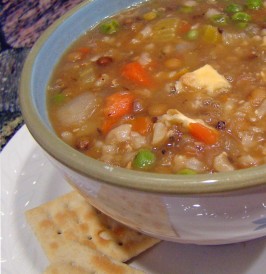This week, I am so excited to interview my good friend and professional triathlete, Robin Pomeroy. I met Robin many years ago when she first started triathlon. She has since developed into an amazing triathlete. What makes Robin so impressive is that she juggles her training while fueling gluten-free. Robin was diagnosed with celiac in 2004. Here are her thoughts on living, training and competing gluten-free and what she thinks about the whole "gluten-free diet" fad.
First, tell me about
yourself.
 I aspire to take triathlon to the
highest level I am capable of. I have a background in competitive swimming,
bike racing, and running. I enjoy putting all three sports together now to
compete in triathlon. I love the Olympic distance race, but have started racing
the half distance this year as well. The two distances are unique and very
different to train for, but I enjoy both.
I aspire to take triathlon to the
highest level I am capable of. I have a background in competitive swimming,
bike racing, and running. I enjoy putting all three sports together now to
compete in triathlon. I love the Olympic distance race, but have started racing
the half distance this year as well. The two distances are unique and very
different to train for, but I enjoy both.
I continue to work as well, and
absolutely enjoy my career outside of racing. It is hard to juggle the demands
of work and triathlon sometimes, but it keeps me continuously occupied. I
thrive on a busy schedule; however, it’s important to keep a healthy balance of
everything.
2015 marks my first year competing
as a professional. I have launched a website, so you can follow me here: www.robinpomeroy.com, or at either of my social media accounts: Facebook or Twitter
Tell me a little about
how you were first diagnosed with celiac?
I found out I had Celiac about 10
years ago in 2004/2005. I was a serious high school and collegiate runner who
suffered a femoral neck stress fracture that was 80% of the way across the bone
- almost causing me to have a hip replacement. Thankfully, it was caught and I
had an emergency surgery to pin it up. About a year later, I fractured the
other femoral neck, but did not need surgery for this one. Between these
fractures, I had blood work and other tests done that revealed some major
deficiencies. I was anemic, amenorrheic, osteopenic, and low in many other
vitamins and minerals. The combination of these deficiencies and the serious
fracture(s) I had led my primary care doctor to refer me to a
gastroenterologist, who in turn wanted to test for Celiac Disease. I am
thankful that my doctors were insightful enough to test for Celiac Disease
because it was not as commonly diagnosed in the U.S. back in 2004.
















